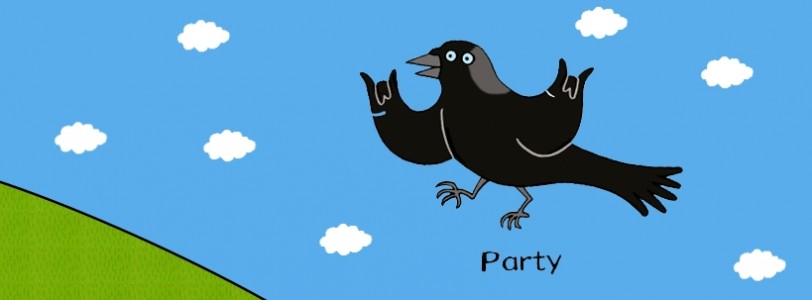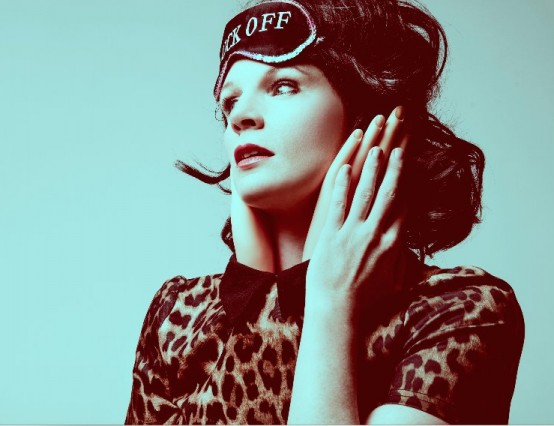What happens at Life & Deaf?
Life & Deaf is a not-for-profit organisation that uses poetry and the arts to help deaf children to explore their identities and develop communication skills and emotional literacy; our overall aim is to improve the mental health of future generations of deaf people. We have spent the last ten years working with deaf children to help them explore their experiences and feelings within a secure environment. We have been repeatedly amazed by the creativity of children, the poignance of the imagery in their poetry and their raw honesty. By sharing the children's work we aim to raise deaf awareness within families, schools and the wider community.
Congratulations on your win, what was the drive behind creating the book?
In 2011, Alexandra Strick, co-founder of Inclusive Minds, invited the Life & Deaf team and two of the young poets to attend a seminar about inclusive children's books at the London Book Fair, Earls Court. This is where we had the opportunity to meet Julia Donaldson, the then Children's Laureate and author of so many fabulous children's books, including The Gruffalo. One of Julia Donaldson's laureateship objectives was "to promote stories both for and about deaf children". Julia Donaldson accepted our invitation to come to Greenwich to do just that!
We organised a one-day workshop held at the Old Royal Naval College, Greenwich, in which 20 deaf children worked with Julia Donaldson to create a picture book with an inclusive message incidentally woven into the story. Julia led the workshop, giving the young people an incredible insight into her knowledge about storytelling, plot and structure. The children also had the opportunity to work with the professional illustrators Becky Bailey, who is herself Deaf, and Beverley Wilson, who is also a qualified BSL interpreter. Becky and Bev worked with the young people to create live illustrations, bringing the evolving story to life.
The young people and Julia Donaldson developed the idea of a jackdaw flying over different landscapes – a town, a farm, the seaside – and inviting animals to a party, only to be baffled by some animals touching their heads with paws/tentacles/hooves. What the jackdaw doesn't realise is that they are signing "Danger!" in British Sign Language, trying to warn him about an approaching thunder cloud. Only when the jackdaw is caught in the storm and crash-lands in a wise owl's tree does he learn that the animals were signing to him, and he flies back along his path to invite each animal to his party using his newly-learned signing skills!
Following the workshop, we worked with Julia Donaldson and Macmillan Children's Books towards the publication of the book. The book has been fabulously illustrated by Nick Sharratt and features illustrations of 6 of the key signs in the story, encouraging readers of all ages to learn some signs. In April 2015, the book was launched at a special event in Waterstones, Piccadilly, the largest bookshop in Europe. Many of the young people involved in the original workshop gave a live performance of the story, wearing exquisite masks made by Marissa Mitchell from Masked Enchantment.
If you had to choose one great thing that Life & Deaf offers to young people, what would it be?
Life & Deaf offers deaf young people the opportunity to come together to creatively explore their identities outside of the curriculum and the boundaries imposed by formal language, combating the isolation that may be experienced within mainstream schools and communities.
How can the social and cultural offerings for deaf children and young people be improved?
Like our allies, Inclusive Minds, we seek to promote inclusion and accessibility for all and hold dear a vision of literature where all children are seen and heard, where barriers are removed, stereotypes are challenged and every child can access and enjoy great books that are representative of our diverse society; mainstream books need to represent every child. There exist to date only a handful of children's books, in which the characters' use of sign language is incidental. Many books, fiction and non-fiction, have sought to illuminate the experiences of deaf children, only a few feature sign language as an incidental plot device with characters who just happen to sign.
Frankie Kelleher, a deaf teenager, one of the authors of What the Jackdaw Saw, has taken seriously his role as an ambassador and champion for young people. In September 2015 he appeared on BBC Newsround conducting an emotional interview with Emma Hopkin, Head of Children's and Educational Publishing at Bloomsbury Publishing Company, about the general need for more inclusive children's books. He bravely confronted this top publisher about the lack of disabled characters in young fiction. This powerful interview led to an article about inclusive literature in The Guardian. Frankie called for truly inclusive books, i.e. mainstream books that feature characters who just happen to be deaf, disabled or otherwise representative of the diversity in our communities in their appearance, religious beliefs, sexuality or their physical and mental health, without giving this undue attention. Frankie raised the question of why 'in most books villains are usually deformed'. By challenging trends like this, Frankie is bringing issues about inclusion to the forefront of the minds of authors, illustrators, publicists and, of course, readers. We, at Life & Deaf, share Frankie's belief that this will lead to change for the better.
Have the arts become more inclusive in recent years?
In the experience of the Life & Deaf Association, publishers such as Macmillan Children's Books and organisations like Inclusive Minds are working hard to raise awareness of the need for inclusive literature.
Inclusive Minds works with writers, illustrators, publishers, library professionals, teachers, booksellers, charities, book organisations and – most importantly – children and parents to break down barriers and challenge stereotypes to ensure that every child can access and enjoy great books that are representative of our diverse society. Every child should be able to find him or herself in books, so mainstream books need to represent every child.
And finally, what advice would you give to any deaf children or young people who were looking to find more artistic platforms?
Every deaf young person is an individual and should have the opportunity to participate in any creative arts event happening in their communities. Arts organisations have a responsibility to make their events appealing to deaf and hearing young people, to illuminate the relevance of these events to all the young people within their communities and to find ways to provide the communication support that deaf young people may need to fully participate in these. Funding for arts organisations is essential to support this vision.
What the Jackdaw Saw is currently on sale in book shops and supermarkets across the UK as well as online retailers. Julia Donaldson is donating all of her proceeds to Life & Deaf Association for future projects that support deaf children.









0 Comments